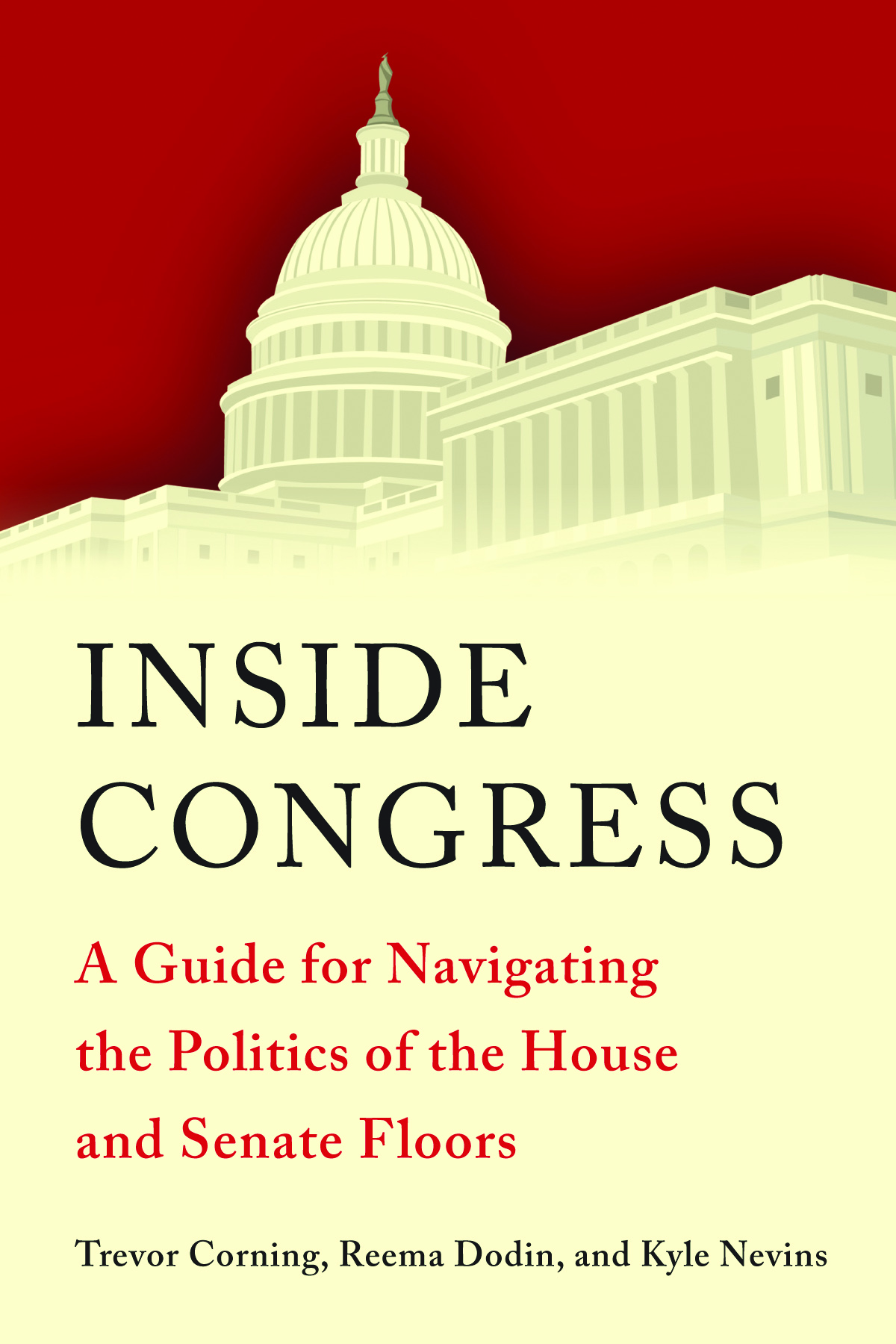In a rare Kumbaya moment, the nation’s leaders of both parties have decided that rebate checks and a flurry of other short-term measures are needed to help stave off an economic slowdown.
Unfortunately, but predictably, we’re hearing far less from Capitol Hill and the campaign trail about the bigger picture and the long-term challenges facing the American economy.
Increasing competition from nations like China and India, the impending retirements of the baby boomers, and the highly unequal distribution of benefits from the recent expansion all signal the potential for slower U.S. economic growth in the future.
These challenges, and our responses, will resonate throughout the Puget Sound region.
Already, the region is one of America’s economic juggernauts. According to the Paris-based Organization for Economic Cooperation and Development, the Seattle-Tacoma-Bellevue metropolitan area is the fourth-most productive in the world. And the ports of Seattle and Tacoma together form the eighth-largest gateway for foreign goods nationwide.
In that strength — and the strength of other metropolitan areas around the country — are the seeds of solutions.
Like the call for “three T’s” in the stimulus debate — measures that are timely, targeted and temporary — policies to improve our nation’s long-run economic performance and address its overhanging challenges would instead do well to focus on the “three I’s” — innovation, intellect and infrastructure.
Innovation has always served to propel economic growth. Here, Puget Sound companies lead the world in the fields of aerospace, software and retailing, developing new ideas and products that trump the labor-cost advantages of offshoring.
Yet as a nation, we have fallen behind European competitors in innovative new-growth fields like alternative energy, where none of the world’s 10 largest solar-cell manufacturers, and only one of the world’s 10 largest wind-turbine manufacturers, is a U.S. company.
Intellect — the knowledge and skills of our people — translates into economic growth by raising worker output and incomes and creating more of the first “I,” innovation.
Yet, while the United States sends the highest share of its young people to college worldwide, our rank falls to 16th when you measure who actually graduates. And though the Puget Sound region boasts one of the most-educated adult populations in the nation, the feeder system (especially Seattle’s public schools) loses too many young people along the pathway to higher education.
Infrastructure supports long-term economic growth in many ways. High-quality transportation infrastructure — roads, transit, rail and ports — speeds the movement of goods and people within and across markets.
Yet, the Seattle area succeeds economically despite the real hurdles it faces on this front. Even taking into account high performers like Sea-Tac Airport and King County Metro, rising congestion highlights the lack of cogent plans for key corridors like Highway 520 and the Alaskan Way Viaduct, as well as the need for a renewed commitment to rail transit.
To its credit, the Puget Sound region, like other metropolitan areas around the country, has tried to tackle some of these issues on its own.
But, because the route to resolving our long-term challenges runs through areas like Seattle, its issues demand national attention.
For instance, shouldn’t the federal government — through direct investments in scientific research and favorable tax treatment for corporate investment in research and development — help put innovative regions like Puget Sound ahead of the curve in cutting-edge “green” industries?
To upgrade our nation’s intellectual capacity, shouldn’t the federal government partner with states, localities and the private sector to support the diffusion of successful, entrepreneurial urban education models for districts like Seattle?
And on infrastructure, shouldn’t the federal government deploy its roughly $50 billion in annual transportation expenditures in smarter ways to help relieve congestion and promote sustainability in key trade corridors like the Seattle-Tacoma area?
Once we get past the stimulus frenzy, let’s have a real debate about the blueprint for bolstering America’s long-term economic growth.
Building on the strengths, and addressing the challenges, of the “three I’s” in regions like Seattle ought to be another strategy leaders in our nation’s capital can agree upon.
Alan Berube is research director of the Metropolitan Policy Program at the Brookings Institution in Washington, D.C. David Jackson is a policy analyst with the program.







